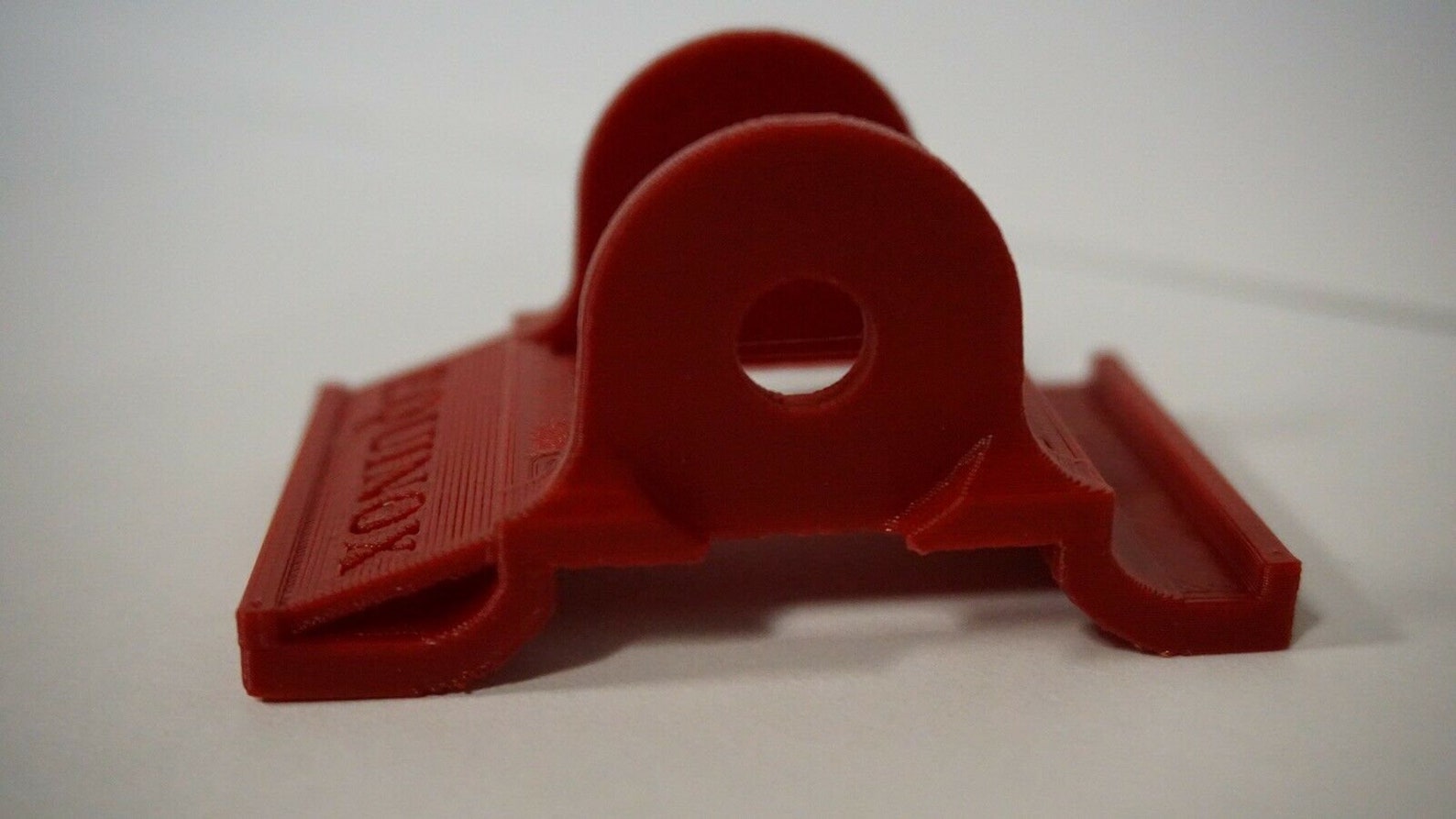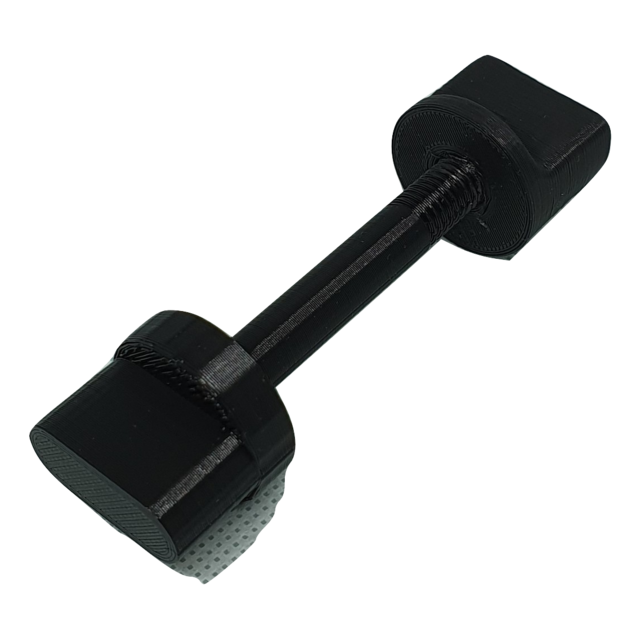
They use a different kind of technology than VLF and multi-frequency detectors, sending out short bursts of powerful current to scan deep under the earth. Pulse induction detectors are professional-grade equipment used for salvaging and serious gold prospecting. They’re also usually larger than VLF machines, and not as user-friendly. They’re generally more expensive than their VLF counterparts, but they can be used in mineralized soil and saltwater beaches. Multi-frequency detectors detect over a range of frequencies at the same time, making them a good choice for serious hobbyists, especially those who plan to search in wet conditions. Most VLF models allow users to switch between a number of frequencies, but rarely allow you to input a specific one yourself.

According to Lubbert and Ross, they’re made for entry-level hobbyists looking for coins and jewelry, but won’t work well for gold prospecting or scanning saltwater beaches. Very low frequency detectors operate on one frequency at a time. There are three major types of metal detectors, in order of cost: Very low frequency (VLF), multi-frequency, and pulse induction (PI). For example, if you live near the coast and plan to sweep your local beach, you may want a different model than someone looking under hard soil in local parks. The first thing to look at before buying a metal detector is where you plan to use it, as some detectors are better equipped to scan specific types of terrain. This technique, called “discrimination” can help you tell the difference between treasure and trash: That said, our experts are quick to note that discrimination is an imperfect technology, and it's best not to always take it at its word. Many detectors can also determine what kind of metal they're detecting (within limits) by measuring an object’s phase shift, or the time it takes for the object to react when the transmitter coil changes its current. The detector can determine how far underground an object is based on the relative strength of the opposing magnetic field. The magnetic field causes metal objects underground to give off their own magnetic fields, which the detector coil can read.

When you turn it on, the detector sends an electrical current into the transmitter coil, creating an electromagnetic field that reaches down into the ground when the coil is held perpendicular to it. There are two parts to the coil, the transmitter coil and the receiver coil. Consumer metal detectors have a round head known as the "search coil," which is the part that actually does the detecting.
#MINELAB EQUINOX COIL HOW TO#
What To Consider When Choosing A Metal Detectorīefore we talk about how to pick a metal detector, we should quickly explain how they work. He is an active officeholder in Denver's Eureka Treasure Hunters Club and the co-host of American Digger Magazine's Relic Roundup, a weekly metal detecting podcast. In his decade-plus of service, he's returned over 200 items to their owners, with a total estimated value exceeding $900,000. He was named “Ring Finder of The Year” in 2011. Jeff Lubbert has been an avid metal detector since 1980 and joined The Ring Finders directory in 2010.

Finding lost items for people has become a passion for him and a way to use his years of metal detecting experience. He's helped hundreds of people find their lost keepsakes and sentimental items.

In 2012, while living on the beachfront in Seal Beach, CA, he joined The Ring Finders, a directory of metal detecting specialists that help people find lost items for a small fee. Stan Ross started metal detecting in 1971. I also relied on insights and recommendations from online guides, as well as reviews from both experts and users. To assemble this guide, I relied on the expertise of two seasoned metal detecting experts who have decades of experience in the field.
#MINELAB EQUINOX COIL PC#
Wright): As a longtime nerd and technology writer, I've written about computers and tech products for almost a decade at publications like PC Gamer, Ars Technica, and Polygon.


 0 kommentar(er)
0 kommentar(er)
